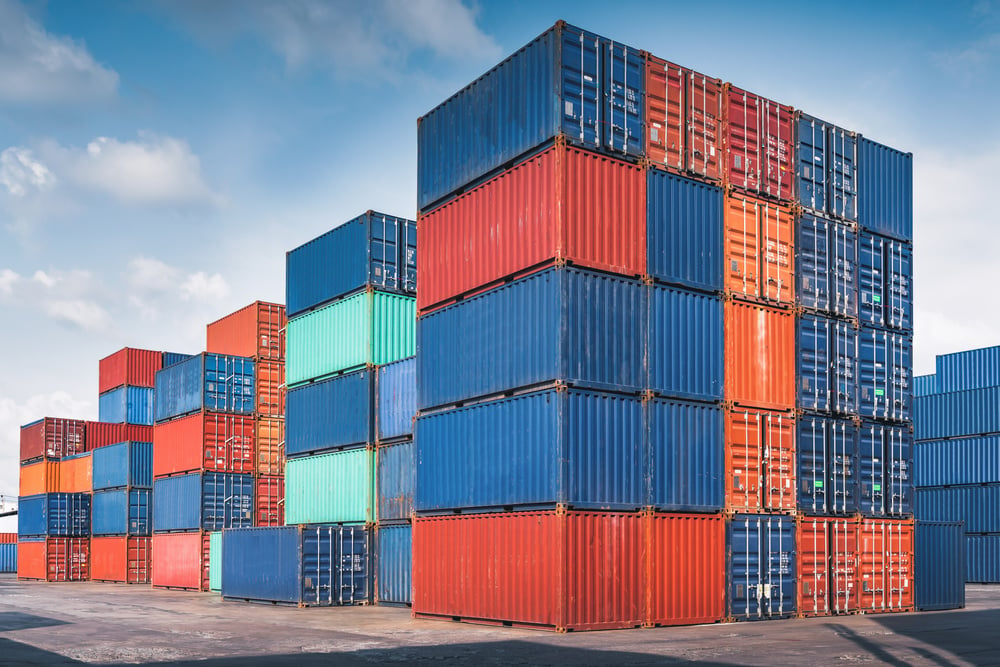
Shipping Lines Reroute to Avoid Strait of Hormuz
The volume of vessel traffic through the vital Strait of Hormuz is reportedly declining, according to BIMCO, the world’s largest shipping association. This trend reflects growing concerns over escalating conflict in the Middle East.
Jakob Larsen, Head of Maritime Safety and Security at BIMCO, stated that shipowners are closely monitoring developments following the U.S. military's recent strikes on three major Iranian nuclear enrichment sites. “Some shipowners have already paused transits through the Strait due to deteriorating security,” Larsen said.
Iran has strongly condemned the strikes and has vowed to defend its sovereignty. “Before the U.S. attack, the impact on shipping patterns was limited,” Larsen added. “Now, we are seeing early signs of reduced traffic. Should Iran begin targeting commercial vessels, transits could drop further.”
The Strait of Hormuz, which links the Persian Gulf to the Arabian Sea, is one of the world’s most critical energy corridors. In 2024 and early 2025, the waterway accounted for roughly 20% of global oil and petroleum product flows, according to the U.S. Energy Information Administration. It is also a key conduit for liquefied natural gas shipments, particularly from Qatar.
Following the U.S. airstrikes, Iran’s parliament reportedly approved a measure to close the Strait, though final authority rests with the country’s national security council. Such a closure could significantly disrupt global energy supplies, spike shipping costs, and trigger geopolitical fallout.
Shipping companies are responding cautiously. Japan’s Nippon Yusen has introduced temporary holds before entering the Strait, limiting the time its vessels spend in the region. Mitsui O.S.K. Lines has issued similar guidance to its fleet. Meanwhile, Hapag-Lloyd has maintained its routes but acknowledged the volatile situation. “Conditions could change within hours,” a company spokesperson said, noting that emergency protocols are in place.
Insurance premiums for vessels in the area are also rising, reflecting the growing risks. With Iran’s legislature pushing for a closure of the Strait and global powers urging de-escalation, the maritime sector faces an increasingly precarious situation.
